
Authored by
RAINA LANG
Director of Sustainable Coffee Markets,
Conservation International
It started to sprinkle as workers went about their task of picking coffee cherries on a mountainside farm in northern Nicaragua. In most cases, rain is a welcome respite from the monotonous tropical heat, but this time it was early February – the middle of the dry season. A heavy downpour could cause mature cherries to fall to the ground or make cherries crack and leak honey before they had fully matured, causing a loss in total farm yield. In Nicaragua it is common knowledge that the rainy season doesn’t start until May, and so when the February sprinkle turned to a downpour, it became a national story.
Similar stories can be heard across all coffee-growing regions; farmers have had their pulse on climate change for some time and speak openly about the impacts of a changing climate. They speak of drying rivers, widespread and unrelenting disease and pest outbreaks, fluctuations in the rainy seasons, and rising temperatures. These changing conditions affect the ability of farmers to continue growing high quality coffee on their farm and, ultimately, the well-being of their families.
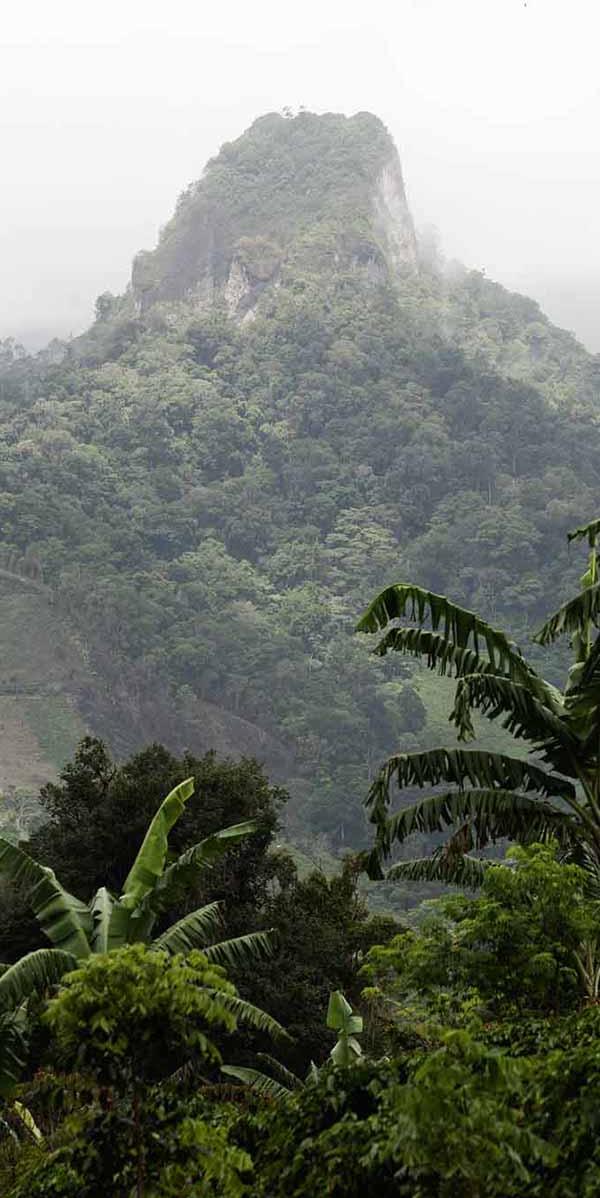
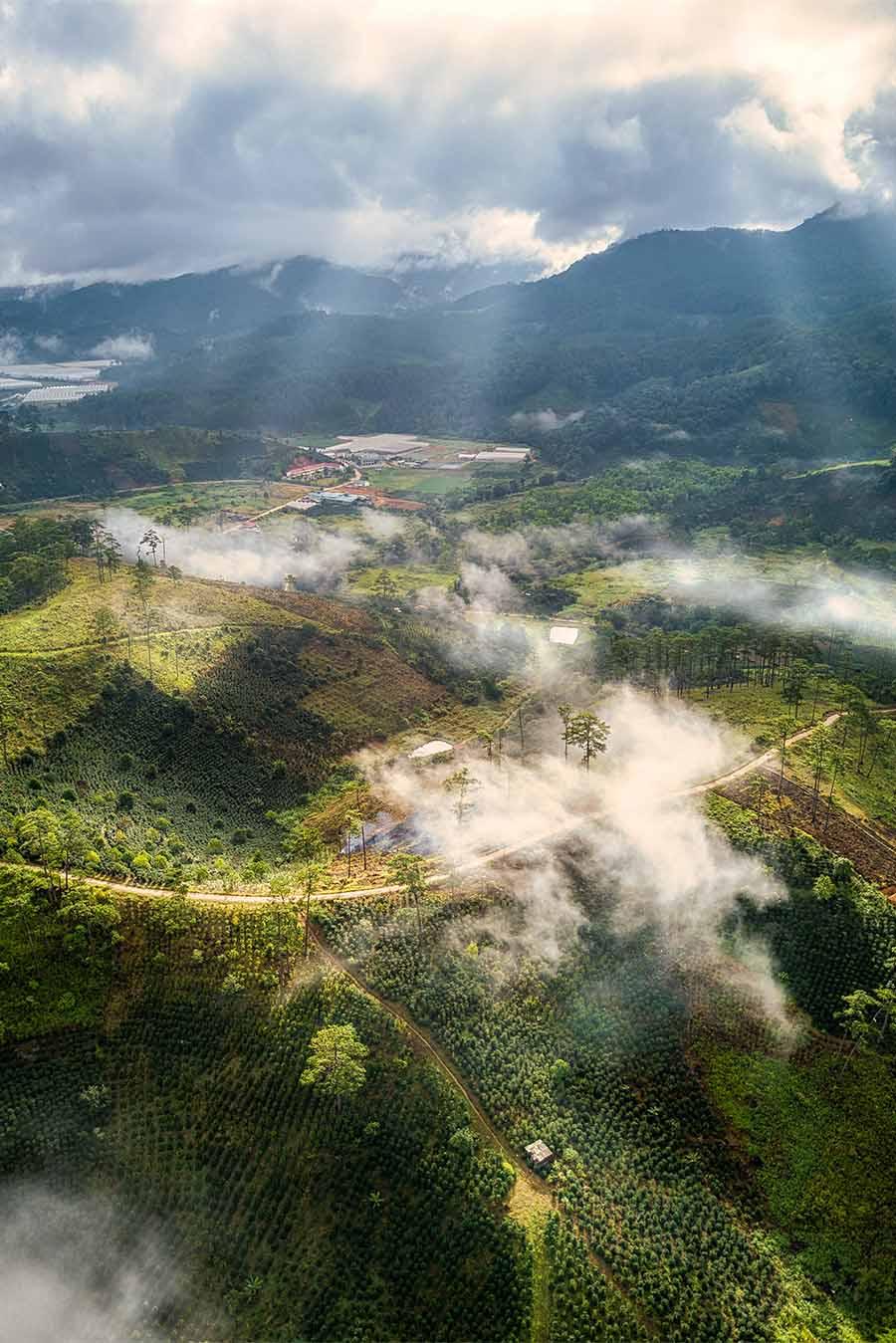
RISKS TO ARABICA EQUALS RISKS TO FORESTS
The coming decades will see dramatic changes that could shift where and how much coffee is produced worldwide. Numerous experts believe that the area suitable for coffee production could be cut in half by 2050, while demand for coffee is anticipated to double or even triple by then.
For high-quality arabica coffee, the future could be particularly grim. Coffea arabica requires cool temperatures between 18 and 21 degrees Celsius and a specific quantity of rain to flourish – a climate found most often in tropical highlands. This means that rising temperatures could force the migration of arabica coffee into even higher altitudes, risking direct competition for land, specifically with standing forest. In Ethiopia, the effects of rising temperatures have already resulted in thousands of hectares of coffee lost which has the government encouraging farmers to move coffee production to higher elevations. For conservationists, this is an early warning that coffee could become a driver of deforestation in places where it once served as a buffer to help protect high-altitude primary forests.
Adding to the complexity, in many places where the crop is grown, coffee trees have passed their peak productive years. This means that in addition to yielding less coffee, weakened tree stock is more susceptible to pests and disease. This is of particular concern on smallholder coffee farms with limited capacity to invest in crop renovation. Research shows that 4 million hectares of smallholder land, equivalent to the entire harvested area of Brazil, Vietnam, Colombia and Ethiopia, are in need of renovation and rehabilitation (R&R). If these areas are not rejuvenated they could eventually be abandoned or converted to another crop.
Though more than USD 1.2 billion has already been invested in R&R efforts by governments and supply chain actors, this has only scratched the surface in terms of the need. If R&R were to be applied to the area in need, it could mean an additional 5%-20% increase in global production, which would mean more value to farmers. Without R&R, a similar increase in yields and value would require an expansion of coffee onto 1 million to 3 million hectares of new land under current yields.
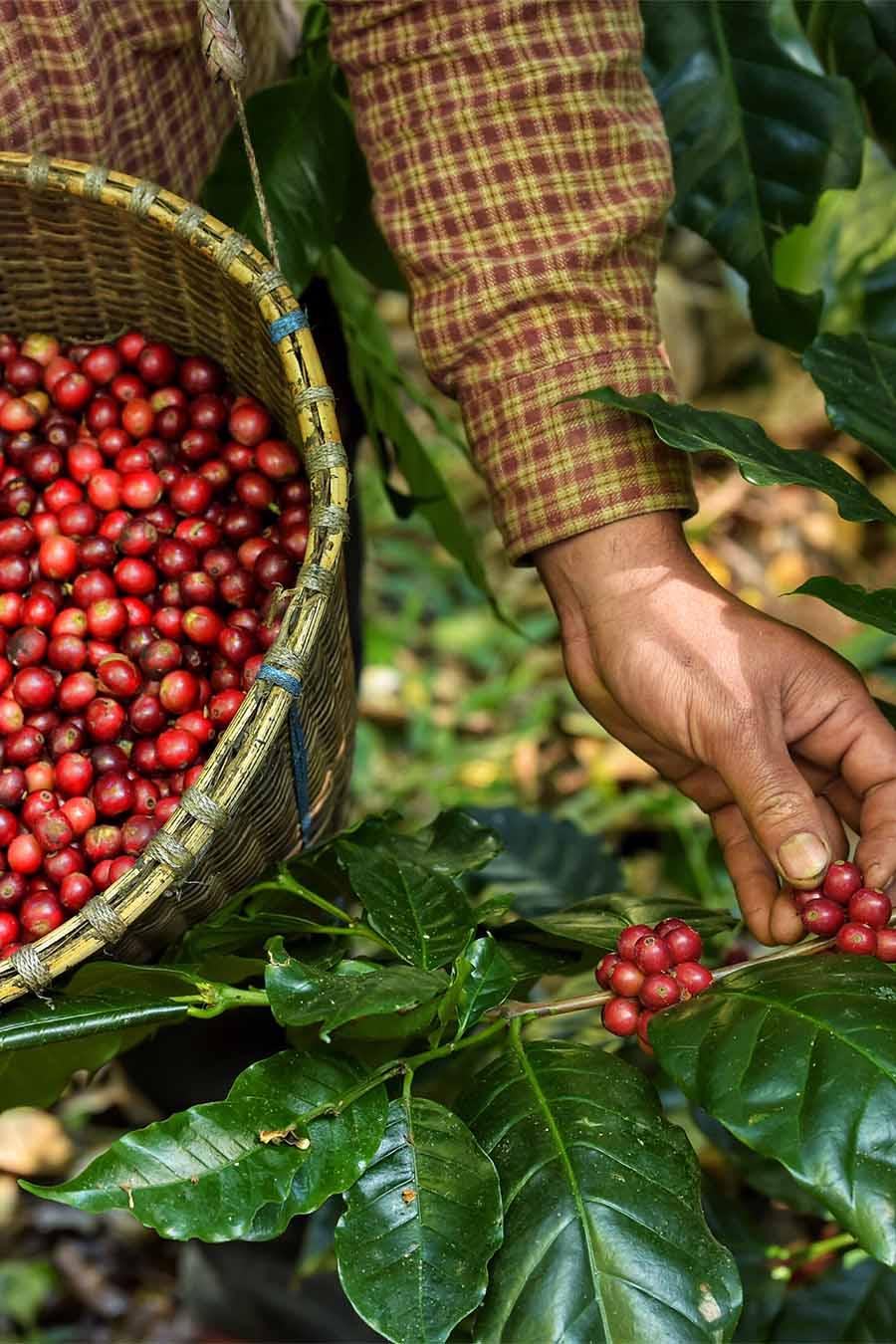
PROTECTING COFFEE & ITS STEWARDS
Though the situation is serious, all is not lost. There are specific actions that companies, nonprofits, governments and investors can take to reduce the likelihood of a world without arabica. We must act now to protect quality coffee and those who produce it. But how?
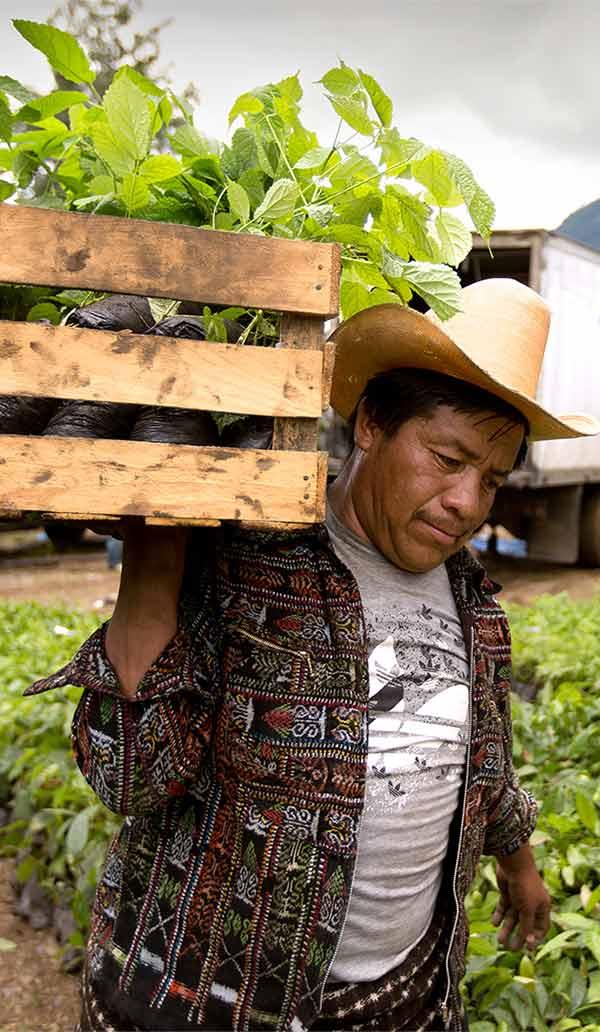
Support farm adaptation practices
To reduce vulnerability, we should promote farm-level adaptation practices that are good for coffee and nature. This can include a variety of different practices that are based on the management of ecosystems, ecosystem services and biodiversity. For example, agroforestry approaches not only support climate regulation in coffee plots but can reduce human vulnerability by providing secondary income for farmers. Practices such as the establishment of windbreaks provide a buffer to coffee trees, reducing the impacts of strong wind gusts, while the use of soil conservation practices can prevent erosion and maintain soil fertility under heavy rainfall. Other adaptation practices such as crop renovation with new, more disease-resistant genetic material prepares farmers for the increasing challenges of rising temperatures and reduced rainfall, while lessening the need to expand coffee’s spatial footprint.
Invest in science
Based on climate change scenarios, Kew’s Royal Botanic Garden has estimated that wild arabica coffee could be extinct by 2100. Wild coffee plants store important genetic material that could be used to help scientists develop new climate-tolerant and vigorous varietals. The historical trend of limited investment in science research in coffee is changing with the growth of organizations such as World Coffee Research. Since varietal development can take years of breeding and subsequent testing, it’s critical that investments are made now to prepare for the future. There is also a need to invest in research to assess the interplay of coffee and forests. Monitoring coffee production in relation to forest cover is important to better understand its footprint and to identify areas where coffee has an opportunity to contribute to reforestation and where it poses greatest risk for deforestation.

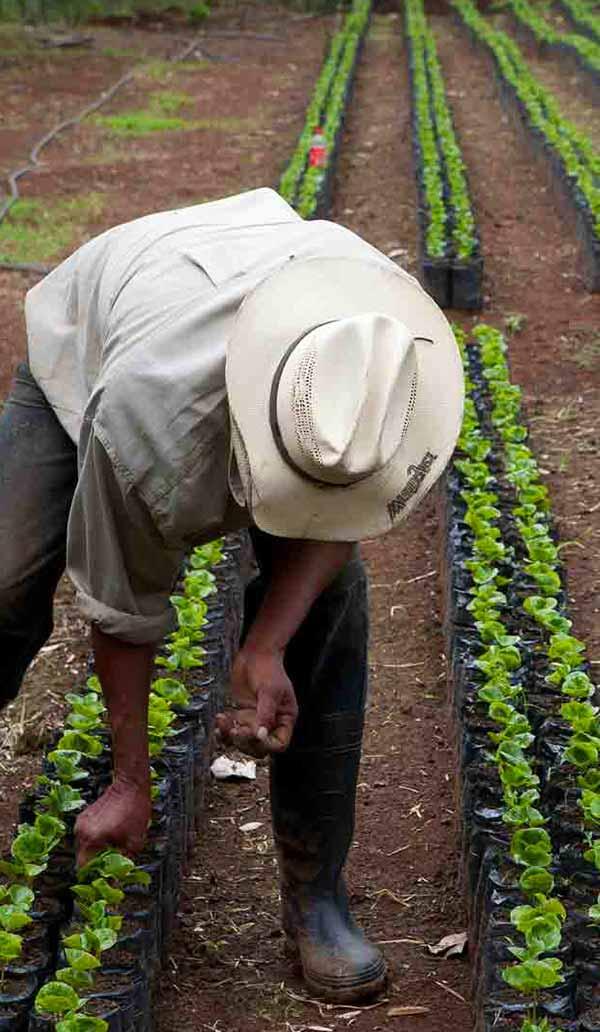
Establish supportive policies
Governments – both in producing and consuming countries – play a tremendous role in creating policy to enable a thriving global coffee industry and ensuring a sustained supply of arabica coffee. For instance, governments in Europe are increasingly exploring policy options that will help ensure that consumption of commodities presenting deforestation risk (e.g. palm oil, soy, cocoa, etc.) are not causing forest loss in the countries where they are being produced. With growing global demand for coffee putting pressure on tropical forests, coffee is increasingly included in the scope of these policy measures. Recently, governments, civil society and industry players across Europe have been calling upon the European Union (EU) to step up its policy action against ‘imported deforestation’. For the context of the coffee industry, EU policy of this type will require compliance and therefore companies will be held accountable for the coffee they source. Of equal importance are effective agricultural and environmental policies that are introduced and upheld by producing governments.
Join forces with others
The challenges that farmers face cannot be tackled by one organisation alone. The industry must figure out how to scale initiatives to create impact beyond individual supply chains. If any industry can do it, coffee is the one! In 2015, recognising the need to tackle some of these pressing issues facing the long-term sustainability of coffee, Conservation International launched the Sustainable Coffee Challenge. This collaborative effort of over 115 companies, governments, NGOs, research institutions and others are working to make coffee the first sustainable agricultural product. The challenge provides a space for stakeholders to work side by side to identify, implement and scale solutions. One of those efforts is focused on crop renovation, with the ambitious goal of renovating or rehabilitating 1 billion coffee trees by 2025.

IS THE END OF ARABICA REALLY APPROACHING?
While arabica may not completely disappear, the industry must face the fact that it will become more difficult to grow resulting in less production in the future. Conservation International and many others, including Nespresso, are working to sustain arabica production while conserving tropical forests and improving the lives of farmers.
Article published in: November 2018

